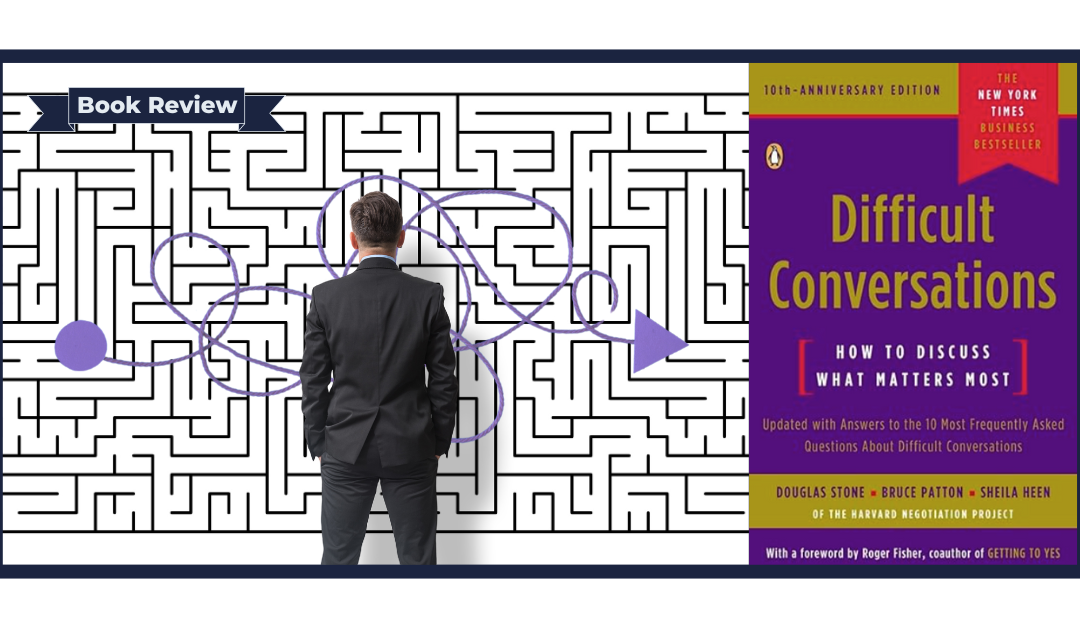Difficult Conversations: How to Discuss What Matters Most by Douglas Stone, Bruce Patton, and Sheila Heen offers practical insights for navigating the tough conversations we all dread. For practitioners of the understanding-based approach, this book aligns closely with our core principles of curiosity, empathy, and deeper understanding.
The book breaks down difficult conversations into three layers: “What Happened,” “Feelings,” and “Identity.” These layers help us recognize that conflicts often go beyond surface issues, touching on emotions and personal identity. In understanding-based conflict resolution, we also focus on these underlying issues, encouraging people to explore what drives their emotions and assumptions during conflicts. Both approaches emphasize the importance of going beneath the surface to resolve not just the issue and the feelings and personal stakes involved.
One of the most valuable ideas in Difficult Conversations is reframing conversations as opportunities for learning rather than battles to win. This idea is central to our practice as well. Instead of pushing for a solution or trying to convince someone of your viewpoint, the book and our conflict resolution approach emphasize understanding the other person’s perspective. The authors introduce techniques like asking open-ended questions and using reflective listening, which mirror our “looping” technique—ensuring that both sides feel fully heard before moving forward.
Another key idea is the distinction between intent and impact. Misunderstandings often escalate because we assume negative intent behind others’ actions. The book advises separating what someone did from what we believe they intended, which can de-escalate tension. In our work, we often help parties recognize these assumptions and dig into the real emotions behind their reactions.
A standout theme is how personal identity gets caught up in difficult conversations. The book explains that conflicts often feel threatening because they touch on our sense of self. Understanding this is crucial in conflict resolution, where we encourage parties to explore the emotional and psychological dimensions at play. This focus on personal stakes helps shift conversations from defensive arguments to more productive, honest discussions.
Practically speaking, the book offers readers helpful tools for managing their emotions, preparing for conversations, and staying calm under pressure. For understanding-based conflict resolution practitioners, this reinforces the importance of training that goes beyond theory, including role-plays, self-reflection, and group discussions. These exercises provide hands-on experience in managing emotions and practicing the skills to facilitate difficult conversations.
Participants can practice looping, reflective listening, and working through emotions in a structured course in real time. Such training, combined with the insights from Difficult Conversations, equips individuals with conceptual knowledge and practical tools for approaching conflict with more clarity and effectiveness.
Overall, Difficult Conversation is an excellent companion for anyone looking to improve their conflict resolution skills. Paired with experiential learning, it offers a comprehensive path to navigating even the most challenging conversations.
